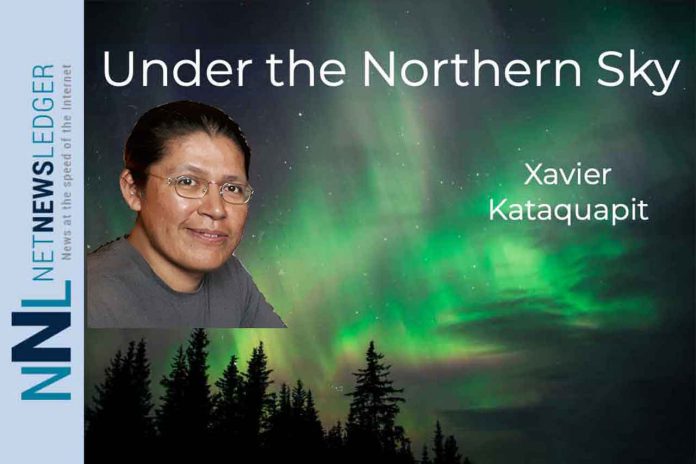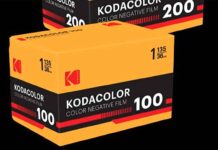ATTAWAPISKAT – Over the past decade, one of few benefits of social media has been the sharing of old photographs from the past. Recently, I’ve come across several black and white photos that highlight my home community of Attawapiskat on the James Bay coast from the 30s, 40s and 50s. I remember seeing some hard copies of these old photos being shared back home when I was a boy. I recall my parents and my aunts and uncles commenting on these old images in our family gatherings and doing their best to remember the names of the people pictured.
I’ve always had an interest in Mee-see-naw-pees-kee-eh-kan, the Cree word for camera. I enjoy the way a photograph preserves a moment of the past as a means to show future generations what life looked like back then.
My parents Marius and Susan did their best to preserve a record of our family history through the years and my family still has a collection of photos of our past. They did their best to keep some sort of camera around the house so we could snap photos but the difficulty was in getting those images in print. There were several steps involved. The camera had to be in good working order, you needed to have a roll of film handy and even after taking pictures, someone had to send them to be processed in the south and then mailed back to our remote community. All those steps meant that getting any images at all was a big deal.
It got a little easier in the 80s when disposable cameras became available but even then, in the north, there was no where to process a roll of film. Even though we took many pictures most of them never came to be because they were never sent out to be developed.
When I travelled south on my grade eight school trip to Toronto in 1988, mom and dad gave me extra money to purchase disposable cameras. As a naive boy of 13, I bought a dozen cameras and snapped pictures of everything. Then I brought the used cameras back north without realizing I could have developed them while I was away. Mom had to randomly select some film rolls for development as the cost was too great to do them all.
In the 1990s, photography got a little easier as more and more people were moving back and forth between the city and Attawapiskat, so there was always someone we could count on to drop off films and then bring them back. In the 1980s and 90s a lot of us discovered Polaroid cameras. It was like magic for us to take a photo and instantly have it appear in our hands.
When I started working in media and writing in the late 90s, I purchased a 35mm film camera. I had to learn a lot including lighting, ISO, aperture and shutter speeds. Once I shot photos I still had to visit Royal Studio in Timmins to have my film developed. Every picture was precious to me because of the amount of work and care put into each one.
When it came to media printing this was a science that I left to the professionals who had to take my best pictures, manually crop them, process them, treat them, scan them and then embed them onto a layout for a magazine, newsletter or newspaper.
I felt like I had entered into the space age when I got my first digital camera, a two megapixel Fujifilm. I still had to limit my photography as I could only store my images on an eight megabyte memory card or transfer it onto my 20 gigabyte hard drive on my computer. Soon after, I graduated to a three megapixel camera and then a ground breaking 10 megapixel Olympus Digital SLR camera in 2006.
Today much has changed in terms of memory capture and storage. My more modern Nikon camera and my latest Android smart phone camera dwarfs anything I used in the past. My digital library has grown to thousands of images stored on multiple hard drives over several terabytes.
I now snap as many pictures as I desire. The problem these days is in taking the time to review and observe the images I’ve captured which all sit hidden behind a digital world rather than in a physical way in print on a wall or in a photo album. Sometimes I miss the old days when a visit to someone’s home usually ended up in sitting around looking at family albums.
As much as I enjoy new technology, I am still amazed when I discover an old and faded image online in black and white of my home community and the life and people it captured from so long ago.







